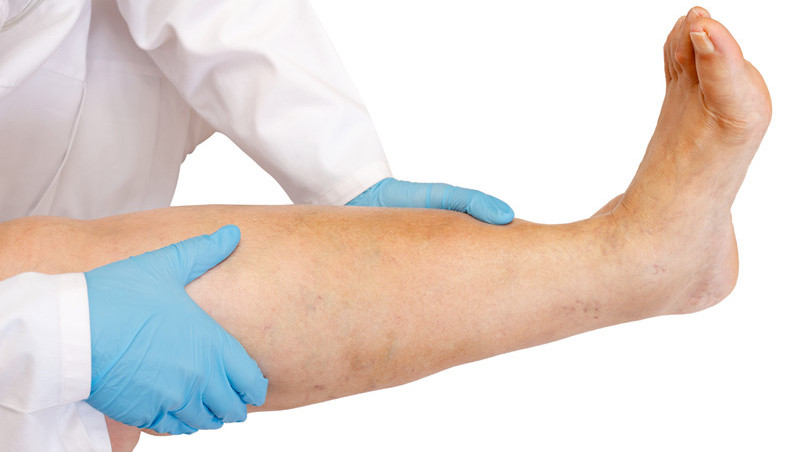Spinal Cord Stimulator Implant for RSD/CRPS
Spinal cord stimulation (SCS) was approved by the Food and Drug Administration (FDA) in 1989. This involves the surgical placement of a spinal cord stimulator device into the body. SCS is used to treat many conditions, particularly reflex sympathetic dystrophy (RSD) or chronic complex regional pain syndrome (CRPS). Most patients report a 70% reduction in overall pain when SCS is used.
What is CRPS?
Complex regional pain syndrome (CRPS) is a chronic condition that affects one of the limbs (feet, hands, arms, or legs). This painful disorder occurs after a traumatic injury to a limb or body part. CRPS is thought to be related to malfunction of, or damage to, the peripheral and central nervous systems. The symptoms of CRPS include pain of the limb combined with swelling, skin color changes, and temperature changes of the skin.
How common is complex regional pain syndrome?
In a recent study, the incidence rate of CRPS was reported at 5.5 per 100,000 person years. The female to male ration is 4:1, and the median age of onset is 46 years. The upper limbs are affected twice as often as the lower limbs.
What are the reasons for using a spinal cord stimulator implant for CRPS?
Spinal cord stimulation has many benefits. It can greatly reduce pain in patients with CRPS as well as increase the patient’s ability participate in normal work and home activities. Many people also notice that they can decrease or stop pain medications after undergoing a spinal cord stimulator implant procedure.
How does spinal cord stimulation work?
Also called neurostimulation, SCS works by applying mild electrical current to the source of the pain. This causes a pleasant sensation that blocks the brain’s perception of pain. With spinal cord stimulation, thin, soft wires with electrical leads on the ends are placed in the back near the spinal cord. The SCS device is placed in the abdomen or upper buttock, just under the skin. The device emits the mild electrical current to the spinal column.
What is a spinal cord stimulator trial?
Before surgically implanting the permanent device, a trial stimulation is done. This involves a week-long trial that involves use of a temporary stimulator. This determines if or not SCS will provide you with adequate pain relief. The trial involves placement of leads under the skin that attach to a small generator worn outside the body. Using pre-set programs, electrical currents are sent in a pattern to target pain regions. The procedure takes around 20 minutes to perform.
How is the permanent spinal cord stimulator implant inserted in the body?
If the patient has significant pain relief during the trial, a complete SCS system can be implanted. The surgical procedure involves:
- The skin is numbed using a local anesthetic.
- A small incision is made on the back so the leads can be placed under the skin.
- The small battery operated device is surgically placed under the skin.
- Wires are connected from the device to the leads that were placed in the epidural space.
How long does the procedure take?
The entire procedure takes around 60-90 minutes, and can be done on an outpatient basis, requiring no overnight hospital stay. The incisions are small, and the device is not visible on the body.
What powers the spinal cord stimulator?
A battery is used to power the SCS system. Depending on the amount of use, the battery is replaced every 2-5 years in a surgical procedure. The recent advance in rechargeable batteries has reduced the need for frequent replacement.
Is SCS effective for the treatment of complex regional pain syndrome?
In a recent randomized clinical trial, patients with CRPS and spinal cord stimulator implants were evaluated. Of the 24 patients who received SCS, 95% reported that they would repeat the procedure for the same pain relief results.
Resources
Kemler MA, de Vet HC, Barendse GA, et al. (2008). Effect of spinal cord stimulation for chronic complex regional pain syndrome Type I: five-year final follow-up of patients in a randomized controlled trial. Journal of Neurosurgery, 108(2), 292-298.
Sandroni P, Benrud-Arson LM, McClelland RL, & Low PA (2003). Complex regional pain syndrome type I: incidence and prevalence in Olmsted county, a population-based study. Pain, 103(1-2):199-207.




